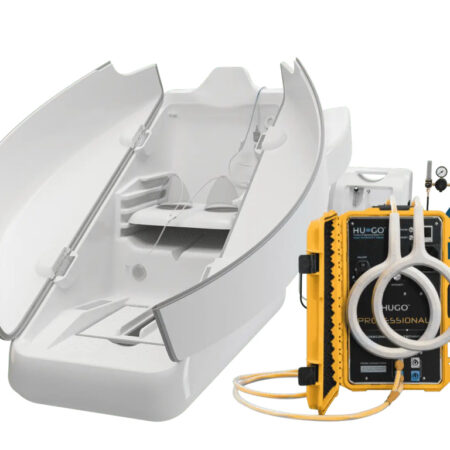Your cart is currently empty!

HOCATT
Ozone Steam Sauna
The HOCATT (Hyperthermic Ozone and Carbonic Acid Transdermal Technology)
Ozone steam sauna is a multi-modal wellness device that combines several therapies, including ozone therapy, steam sauna, carbonic acid therapy, and more. Advocates of the HOCATT sauna claim several potential benefits, although it’s important to note that the effectiveness of these treatments may vary from person to person. Here are some potential benefits associated with the HOCATT ozone steam sauna:
Detoxification: The HOCATT sauna may support the body’s natural detoxification processes. Sweating induced by the steam sauna can help eliminate toxins, heavy metals, and metabolic waste products through the skin.
Improved Circulation: The combination of steam, ozone, and carbonic acid therapy in the HOCATT sauna may enhance blood circulation, which can lead to better oxygen and nutrient delivery to tissues and improved waste removal.
Immune System Support: Ozone therapy delivered via the HOCATT sauna may stimulate the immune system, potentially helping the body fight infections and illnesses more effectively.
Pain Relief: Users have reported pain relief and reduced muscle tension after HOCATT sauna sessions. This may be due to improved circulation, relaxation of muscles, and the anti-inflammatory effects of ozone therapy.
Enhanced Skin Health: Steam and ozone treatments may help improve skin health by promoting the removal of dead skin cells, increasing collagen production, and reducing the appearance of acne and scars.
Improved Respiratory Function: Steam inhalation in the HOCATT sauna can help open airways and improve respiratory function. Ozone therapy may also support lung health.
Stress Reduction: Many users find HOCATT sauna sessions relaxing and stress-reducing. The combination of therapies can have a calming effect on the nervous system.

Weight Management: Some users have reported weight loss benefits from regular HOCATT sauna sessions, although this is likely due to fluid loss and increased calorie burn during the sessions.
Enhanced Energy Levels: Improved circulation and oxygen delivery to cells may lead to increased energy levels and vitality.
Joint and Muscle Health: The HOCATT sauna may support joint and muscle health by reducing inflammation, improving flexibility, and alleviating pain.
Balanced Hormones: Steam and sauna therapy may help regulate hormone production and balance, potentially benefiting individuals with hormone-related issues.
Improved Sleep: Users have reported better sleep quality and reduced insomnia after HOCATT sauna sessions, likely due to relaxation and stress reduction.
It’s important to consult with a healthcare professional before undergoing HOCATT sauna therapy, especially if you have underlying medical conditions or are taking medications. Additionally, the benefits of the HOCATT sauna may be more pronounced when used in conjunction with a healthy lifestyle that includes proper nutrition, hydration, and regular exercise. As with any therapy or wellness modality, individual results may vary, and it’s essential to listen to your body and consult with qualified practitioners for personalized guidance.

 Hydro Colonic Table (1h)
Hydro Colonic Table (1h)
 Float Tank (1h)
Float Tank (1h)
 Cold plunge/grounding (1h)
Cold plunge/grounding (1h)
 Salt Room (1h)
Salt Room (1h)


 Hyperbaric Chamber (1h)
Hyperbaric Chamber (1h)


 IR sauna (30min)
IR sauna (30min)

 Pulse Center PEMF (1h)
Pulse Center PEMF (1h)


 Vibeplate Stretch (1h)
Vibeplate Stretch (1h) Biodensity (30min)
Biodensity (30min)

 Thermal hot springs water soak (1h)
Thermal hot springs water soak (1h)

